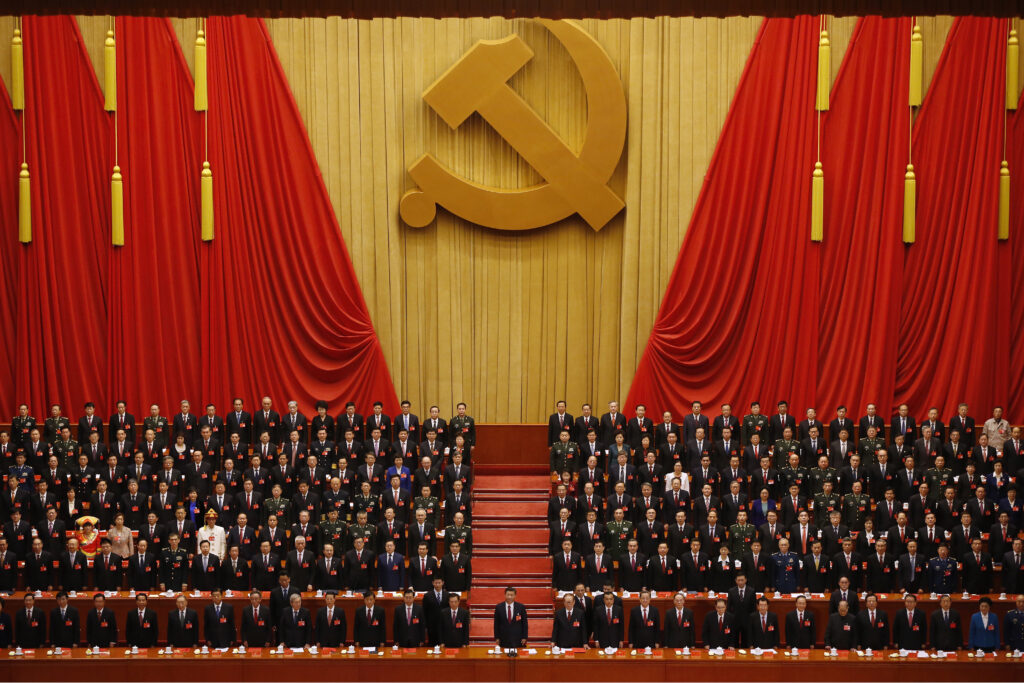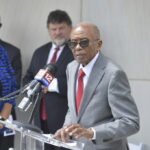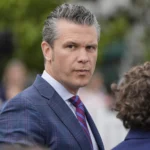China Party Congress navigates future Leaders
Newslooks- BEIJING (AP)
While Xi Jinping is primed to receive a third term as head of China’s ruling Communist Party on Sunday, it is unknown who will join him for the next five years on the party’s leading bodies, the Central Committee and the Politburo.
Analysts will scrutinize who joins, and who leaves, for any clues about the future direction of policy as well as just how much power the 69-year-old Xi has been able to amass as one of China’s most influential figures in the country’s modern political history.
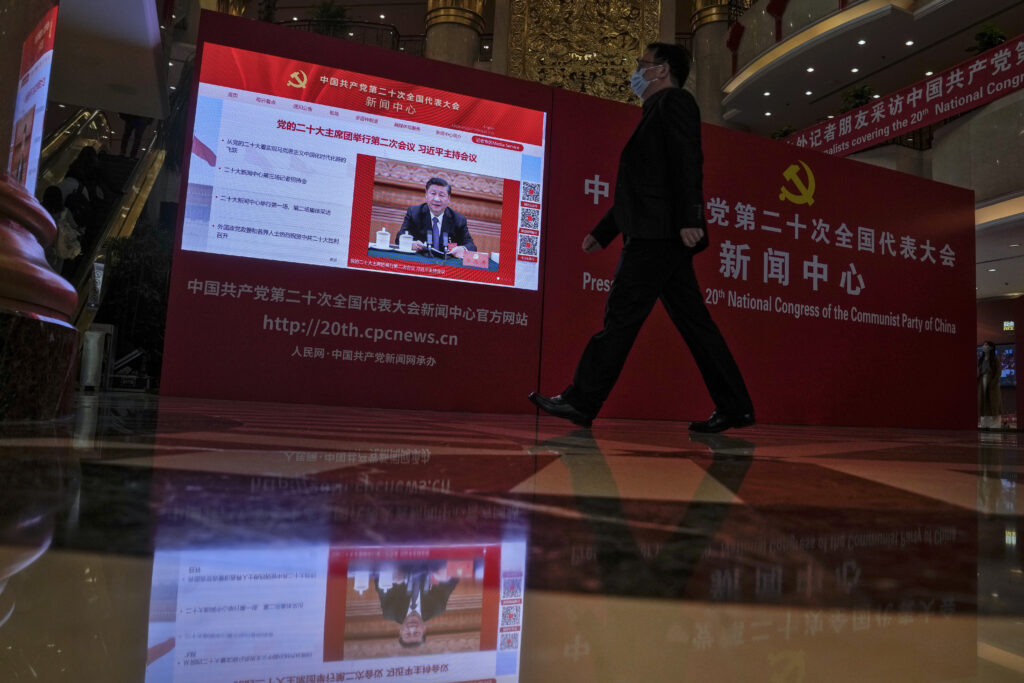
Most closely watched will be the Politburo Standing Committee, whose size fluctuates but has stood at seven members under Xi. Based on past practice, the new lineup will be revealed when the members walk out from behind a curtain Sunday, one day after the end of a weeklong party congress.
The positions they take on stage, to Xi’s left and right, will indicate their rank within what is considered the inner circle of power. Leading contenders include both current members and newcomers:
___
PREMIER LI KEQIANG
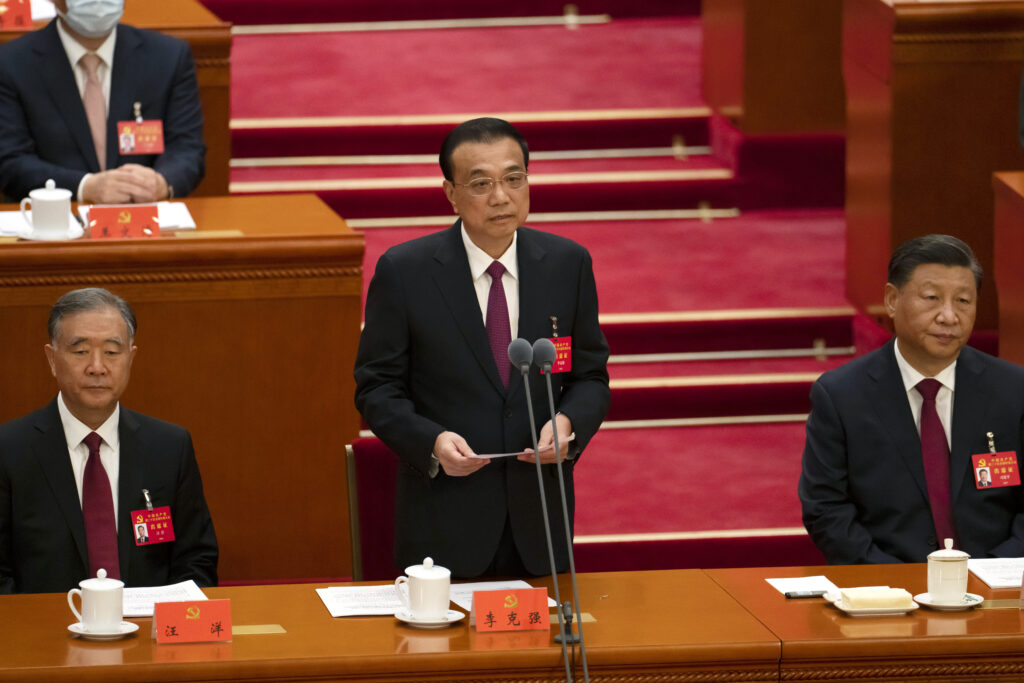
One major question is the future of the party’s No. 2 official, Premier Li Keqiang, who has been on the Standing Committee since 2012 and is primarily responsible for heading the cabinet and managing the world’s second-largest economy.
The 67-year-old Li is regarded as an advocate of market reforms and private enterprise, in contrast to Xi, who favors state-led development with an emphasis on technological self-reliance and reducing the large gap between rich and poor.
Li has had little impact on policymaking since Xi sidelined him politically, but he has led efforts to promote consumption-led economic growth and reduce reliance on exports and investment, employing tactics that some other countries say violate China’s free-trade commitments.
Though he has said he will step down as premier next year, he is still eligible to stay on the Standing Committee. If he remains, analysts say that might indicate that supporters of a more market-driven economy have tempered Xi’s push for greater state control.
ADVISORY BODY HEAD WANG YANG
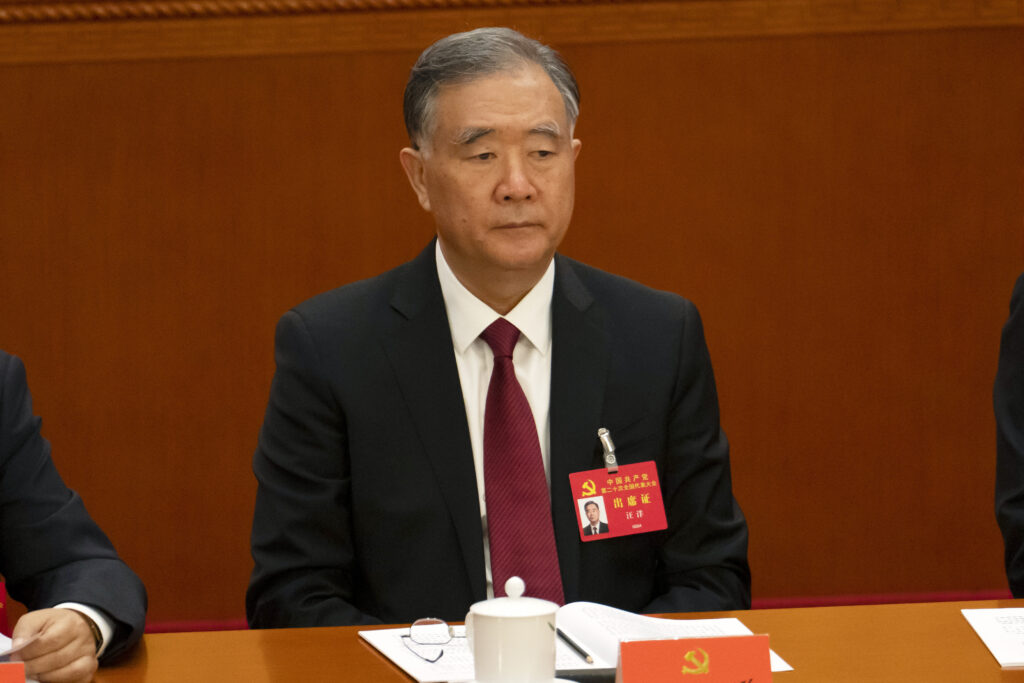
Other possible holdovers include Wang Yang, who joined the Standing Committee in 2017 and is also regarded as a member of the wing that favors markets, private enterprise and economic experimentation.
Wang heads the Chinese People’s Political Consultative Conference, a party-controlled advisory body made up of representatives from various sectors such as religious groups, professional organizations and chambers of commerce.
He won plaudits in 2011 for defusing protests by residents of the fishing village of Wukan over land sales by local officials.
POLITICAL THEORIST WANG HUNING
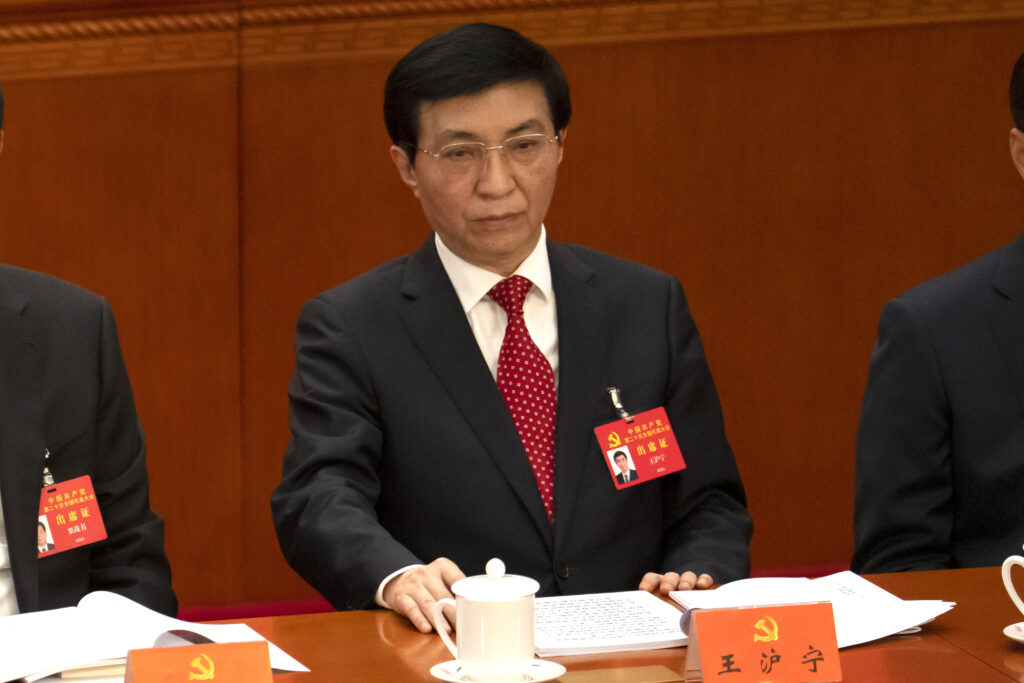
Longtime party political theorist Wang Huning is seen as likely to stay on the Standing Committee. He may move up to head of the National People’s Congress, the largely ceremonial legislature, which would make him one of the top three party officials.
VICE PREMIER HU CHUNHUA
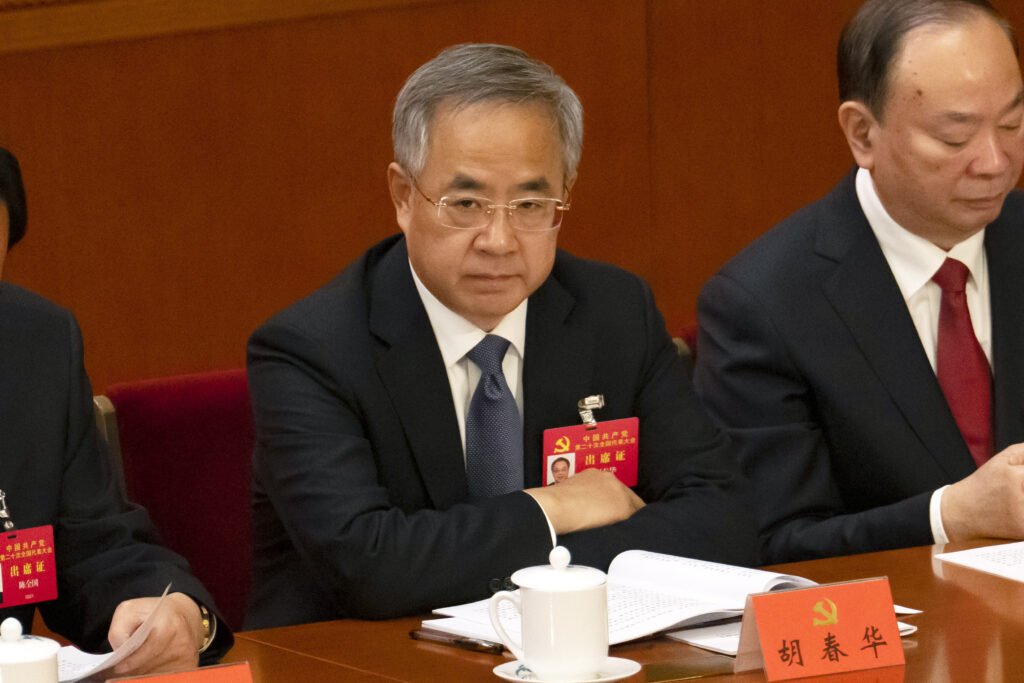
Among possible newcomers, Vice Premier Hu Chunhua is considered one of those with the best chance. He was a top official in Guangdong province from 2012 to 2017, where he led a crackdown on “naked officials” who work in China but have sent their families to live abroad, considered an indication of corruption.
Hu rose through the party’s Communist Youth League, which is seen as a separate faction from Xi’s circle and politically close to Xi’s predecessor, former party leader and President Hu Jintao.
Hu Chunhua is known as a boy wonder who ranked first in China’s national university entrance examinations and became the youngest person to hold several official posts.
He spent the first two decades of his career in Tibet, where he promoted economic development and oversaw efforts to suppress pro-independence sentiment. He was thereafter appointed party secretary for the Inner Mongolia region.
SHANGHAI CHIEF LI QIANG
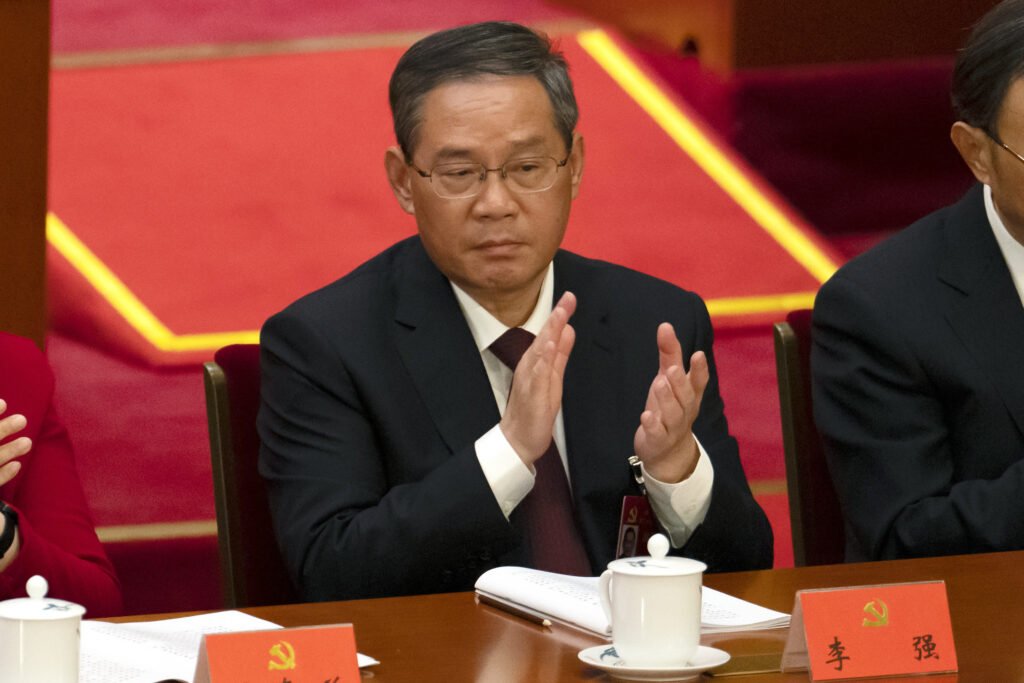
Li Qiang has been party secretary of Shanghai, China’s largest city and financial hub, since 2017. The post was previously held by Xi, former President Jiang Zemin and former Premier Zhu Rongji.
Li is regarded as being close to Xi after serving under him in the southeastern province of Zhejiang, a center for export-oriented manufacturing and private enterprise.
His reputation was dented by a lengthy lockdown of Shanghai earlier this year that confined 25 million people to their homes, disrupted the economy and prompted scattered public protests.
CHONGQING LEADER CHEN MIN’ER
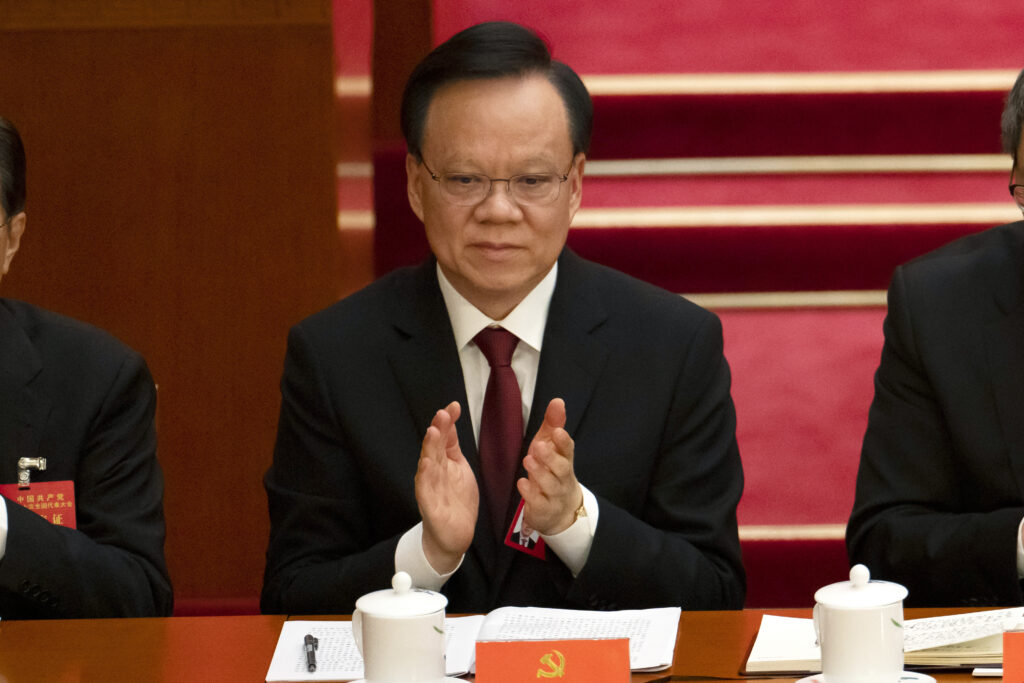
Chen Min’er, another Xi ally who worked under him in Zhejiang province, has served as party secretary of the vast southwestern city of Chongqing since 2017.
The 62-year-old Chen is regarded by analysts as a rising star whom Xi might want to promote in order to secure his legacy in the next generation.
Chen has never held a national-level position but is seen as a capable leader who made Chongqing’s government more responsive and efficient after a turbulent period under the now-imprisoned Bo Xilai, who was a Xi rival.
He previously held the top post in Guizhou, a relatively poor southern province, from 2012 to 2017.
___
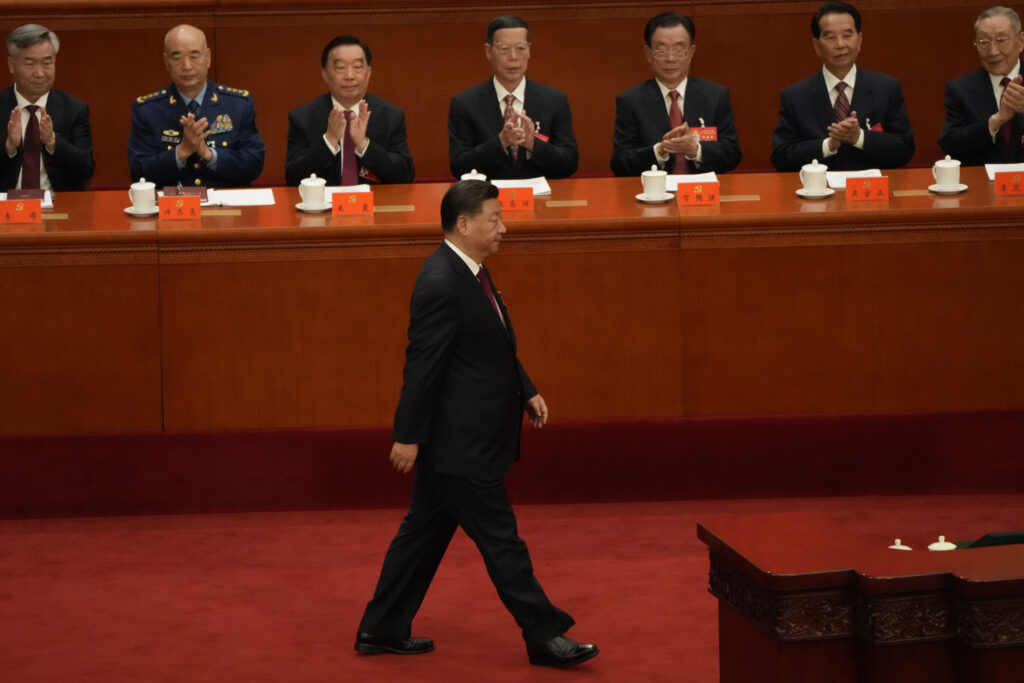
The guessing game aside, some question how much the makeup of the Standing Committee matters given Xi’s steely hold on power and the lack of significant policy or ideological differences.
With his combative approach, Xi is more of a politician in the mold of communist China’s founder Mao Zedong than his more collegial predecessors, who sought to encourage the private sector and maintain good relations with the West.

